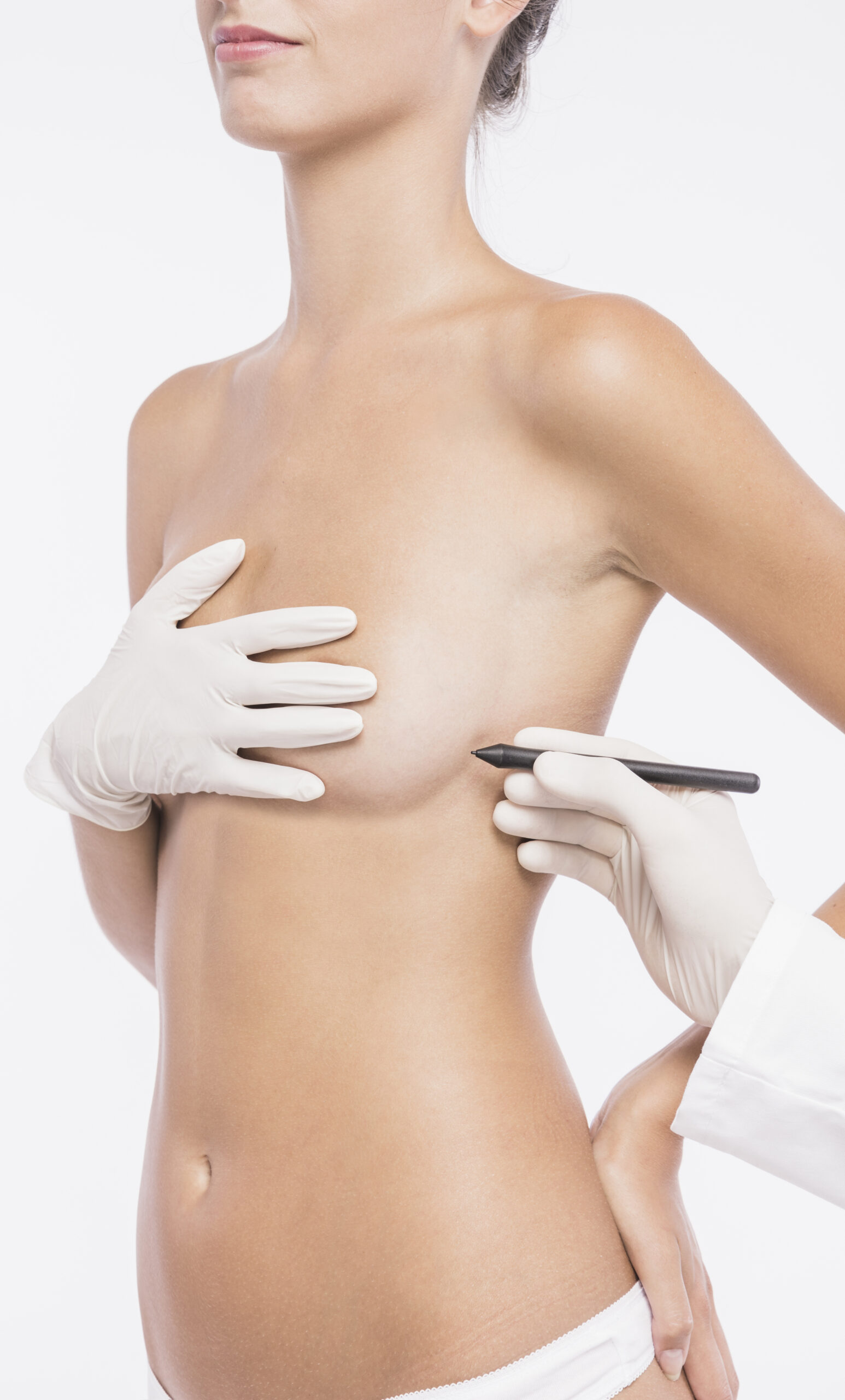

Breast Augmentation In Hyderabad
Breast augmentation in Hyderabad is a surgical procedure aimed at increasing the size, shape, or fullness of the breasts. It’s often performed for cosmetic reasons, to enhance the appearance of the breasts, or to restore breast volume lost after weight reduction or pregnancy.
Why Breast Augmentation In Hyderabad ?
Breast augmentation surgery increases or restores breast size using silicone gel implants, saline implants, or in some cases, fat transfer. One of the most popular and frequently performed aesthetic surgery procedures, breast augmentation has a long and successful track record in satisfying women who wish to enhance, regain or restore balance to their figures.
Surgical Techniques For Breast Augmentation:
The procedure typically involves the insertion of implants under the breast tissue or chest muscles. Implants are filled with saline solution or silicone gel, and they come in various sizes, shapes, and textures. The choice of implant depends on factors such as body type, desired outcome, and surgeon recommendation.
Another option is a procedure called fat grafting where fat is harvested from another area of the body and transferred into the breast tissue to enhance the volume of the breast tissue.
Breast augmentation surgery is generally considered safe, but like any surgical procedure, it carries some risks, including infection, changes in nipple sensation, and implant rupture. It's crucial to consult with a qualified plastic surgeon to discuss your goals, expectations, and any potential risks associated with the procedure.
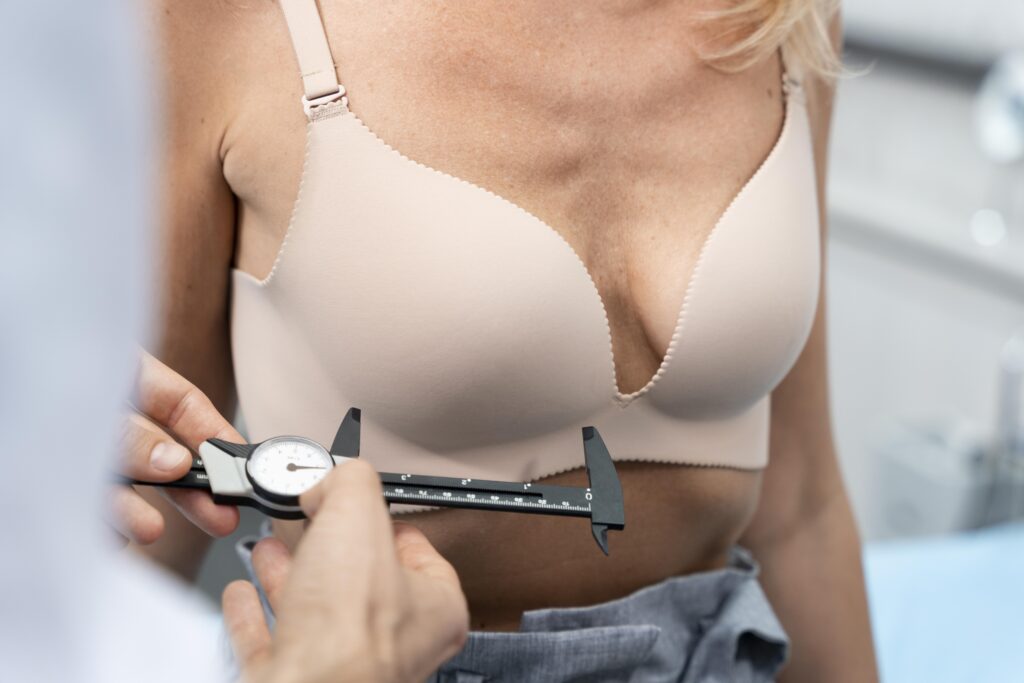
Ideal Candidate For Breast Augmentation:
Determining the ideal candidate for breast augmentation, whether through implants or fat grafting (also known as autologous fat transfer), involves several factors:
- Good Physical Health: Candidates should be in good overall health, with no underlying medical conditions that could interfere with surgery or healing.
- Realistic Expectations: It's essential for candidates to have realistic expectations about the outcome of the procedure. They should understand what breast augmentation can and cannot achieve and have clear goals in mind.
- Stable Weight: Candidates should be at a stable weight, as significant fluctuations in weight can affect the results of the procedure.
- Sufficient Breast Tissue: Candidates should have enough breast tissue to accommodate the implants or to allow for fat grafting. In some cases, patients may require a breast lift (mastopexy) in addition to augmentation to achieve their desired results.
- Psychological Readiness: Candidates should be emotionally and psychologically prepared for the procedure and understand the potential risks and benefits.
- Non-Smoker: Smoking can interfere with the healing process and increase the risk of complications, so candidates should be non-smokers or willing to quit smoking for a specified period before and after surgery.
- Clear Communication: Good communication between the candidate and the surgeon is crucial. The candidate should feel comfortable discussing their goals, concerns, and medical history with the surgeon.
For fat grafting specifically, candidates should also have sufficient donor fat available in areas such as the abdomen, thighs, or buttocks for harvesting.
Ultimately, the decision to undergo breast augmentation, whether through implants or fat grafting, should be made after thorough consultation with a qualified plastic surgeon who can assess individual candidacy and provide personalized recommendations.
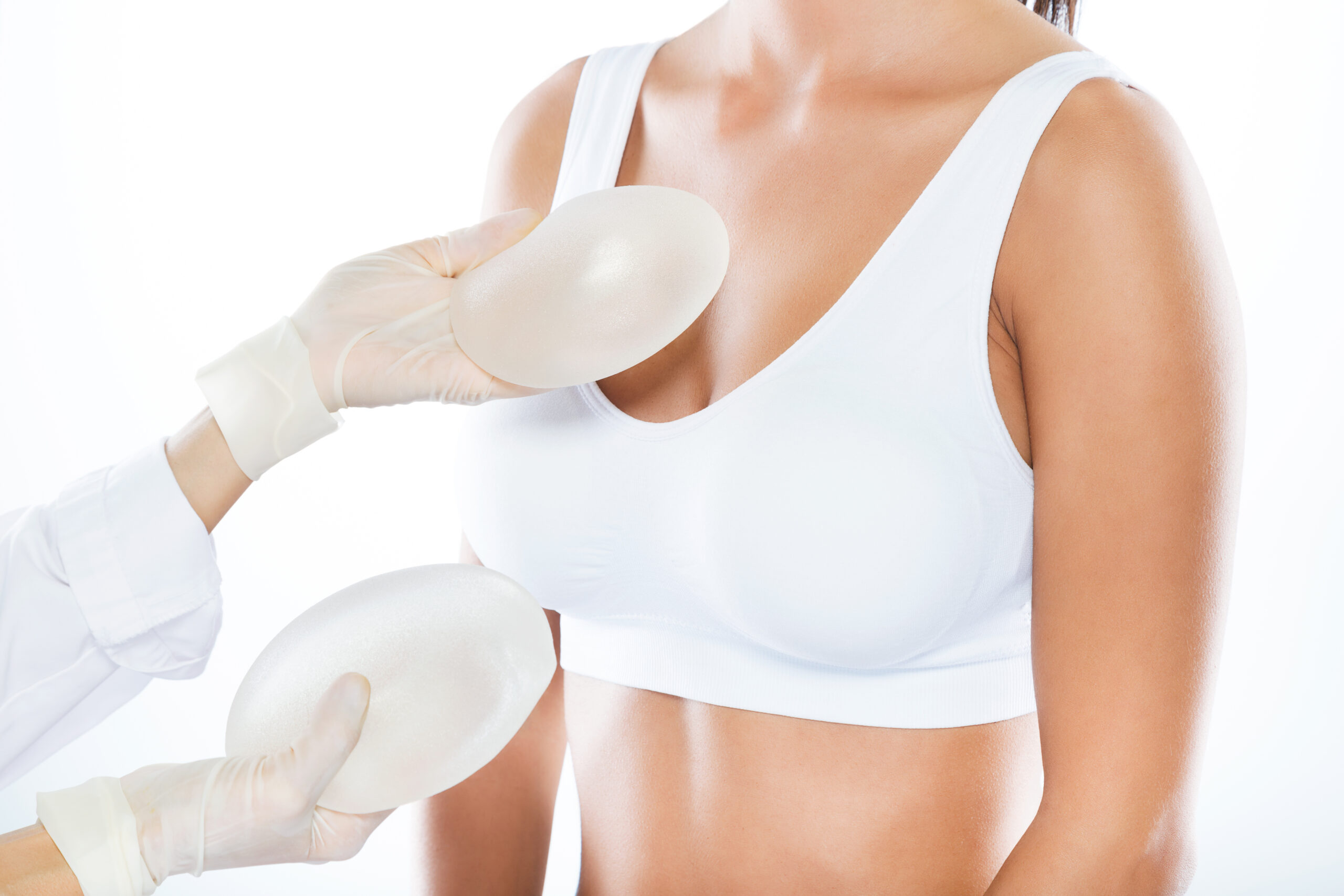
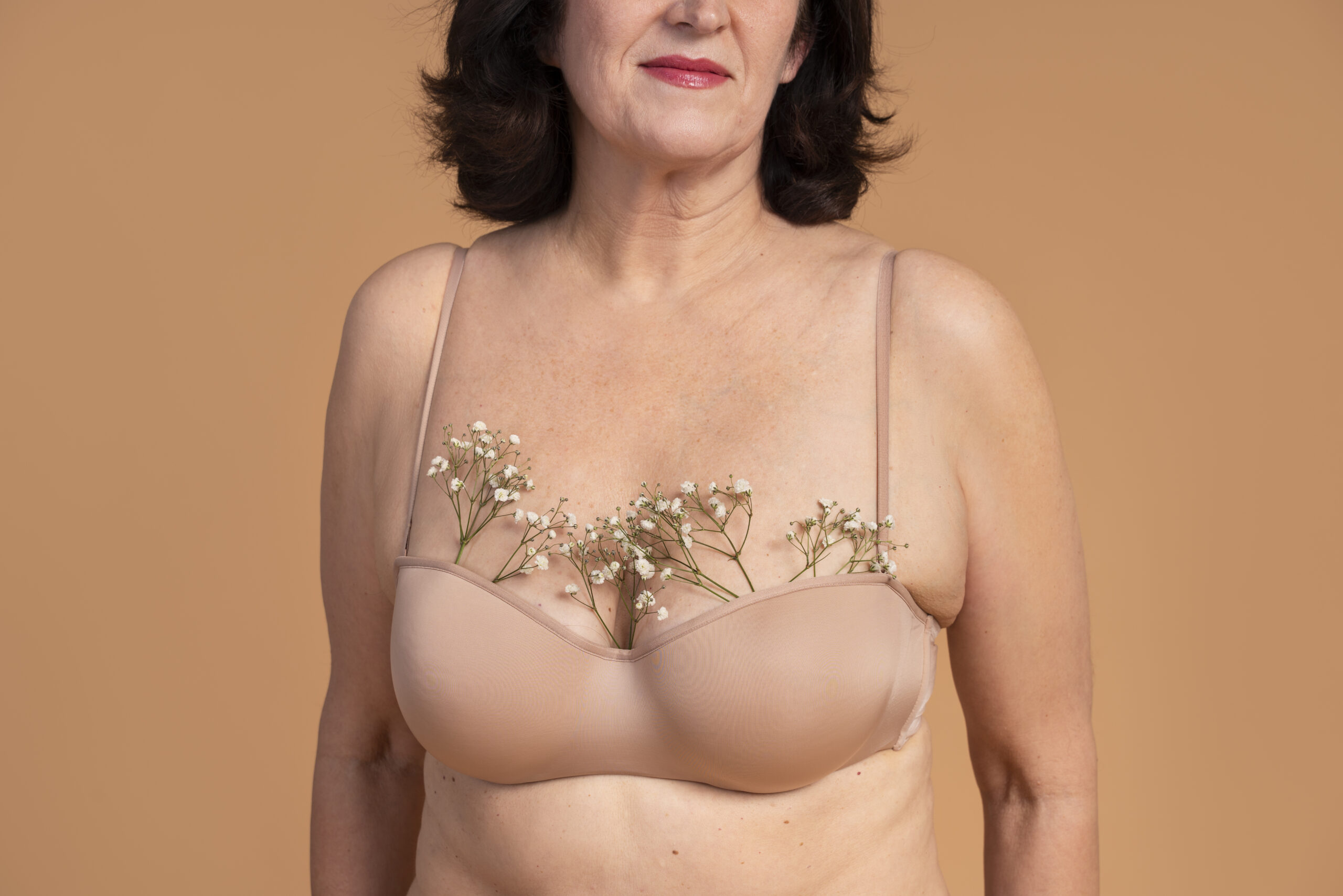
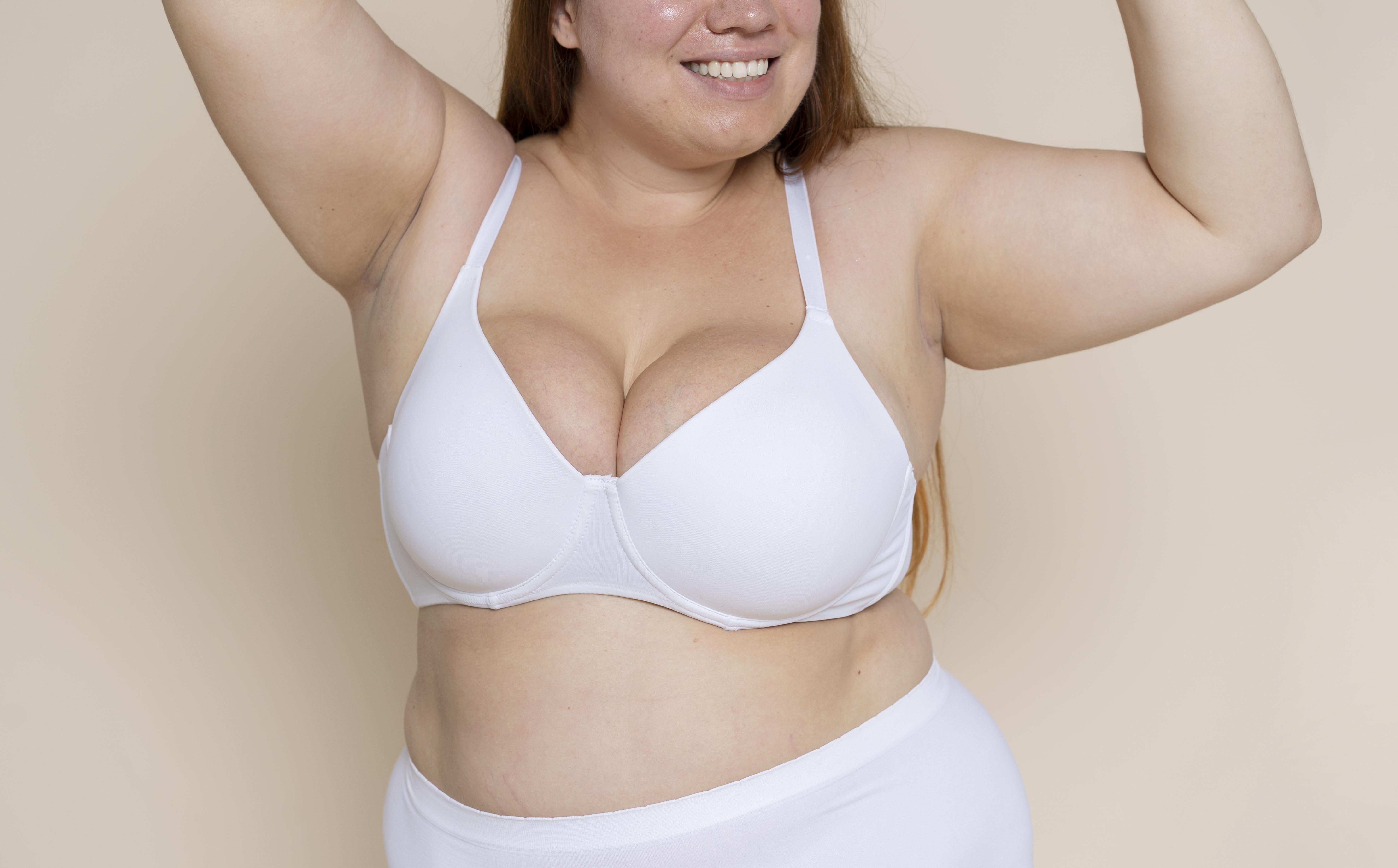
Post-operative Care After Breast Augmentation:
Post-operative care following breast augmentation, whether with implants or fat grafting, is crucial for ensuring optimal healing and results. Here are some general guidelines:
Follow Surgeon’s Instructions: Your surgeon will provide specific instructions tailored to your procedure and individual needs. Follow these instructions carefully, including any medications prescribed for pain management and antibiotics to prevent infection.
Rest and Recovery: Allow yourself time to rest and recover after surgery. Avoid strenuous activities and lifting heavy objects for several weeks as advised by your surgeon.
Wear Compression Garments: Your surgeon may recommend wearing a supportive surgical bra or compression garment to help reduce swelling and provide support to the breasts during the initial healing period.
Monitor Incisions: Keep an eye on your incision sites for any signs of infection, such as increased redness, swelling, or drainage. Contact your surgeon if you notice any concerning changes.
Manage Discomfort: It’s normal to experience some discomfort, swelling, and bruising after surgery. Take pain medication as prescribed by your surgeon to manage pain and discomfort.
Avoid Smoking and Alcohol: Smoking and alcohol can interfere with the healing process, so it’s best to avoid them during the recovery period.
Attend Follow-Up Appointments: Attend all scheduled follow-up appointments with your surgeon to monitor your progress and address any concerns.
Gradual Return to Normal Activities: Gradually ease back into your normal activities as advised by your surgeon. Avoid high-impact activities and heavy lifting until cleared by your surgeon.
Scar Care: Follow your surgeon’s instructions for scar care, which may include keeping the incision sites clean and applying scar treatment products as recommended.
Be Patient: Remember that healing takes time, and it may take several weeks or even months to see the final results of your breast augmentation procedure.
By following these post-operative care guidelines and staying in close communication with your surgeon, you can help ensure a smooth recovery and achieve the best possible outcome from your breast augmentation surgery.
Dr. V.K.Srinagesh
He is an experienced and qualified plastic , reconstructive and cosmetic surgeon. He did his MBBS from SCB Medical college, Cuttack, MS (General surgery) from MKCG medical college, Berhampur and MCh from the prestigious Madras Medical College, Chennai. He trained in various specialities, namely cardiac surgery, Orthopedics, paediatric surgery, maxillofacial surgery from reputed medical colleges and hospitals like AIIMS, New Delhi, TN medical college and hospital, Mumbai, Nair hospital and dental college, Mumbai, Christian medical college, Ludhiana and Stanley medical college, Chennai to name a few.
- Breast reconstruction at Miami medical center
- Fat grafting, advanced liposculpture techniques at Birkenwerder
- Management of lipedema at Birkenwerder
- Pioneer in the management of lipedema in India
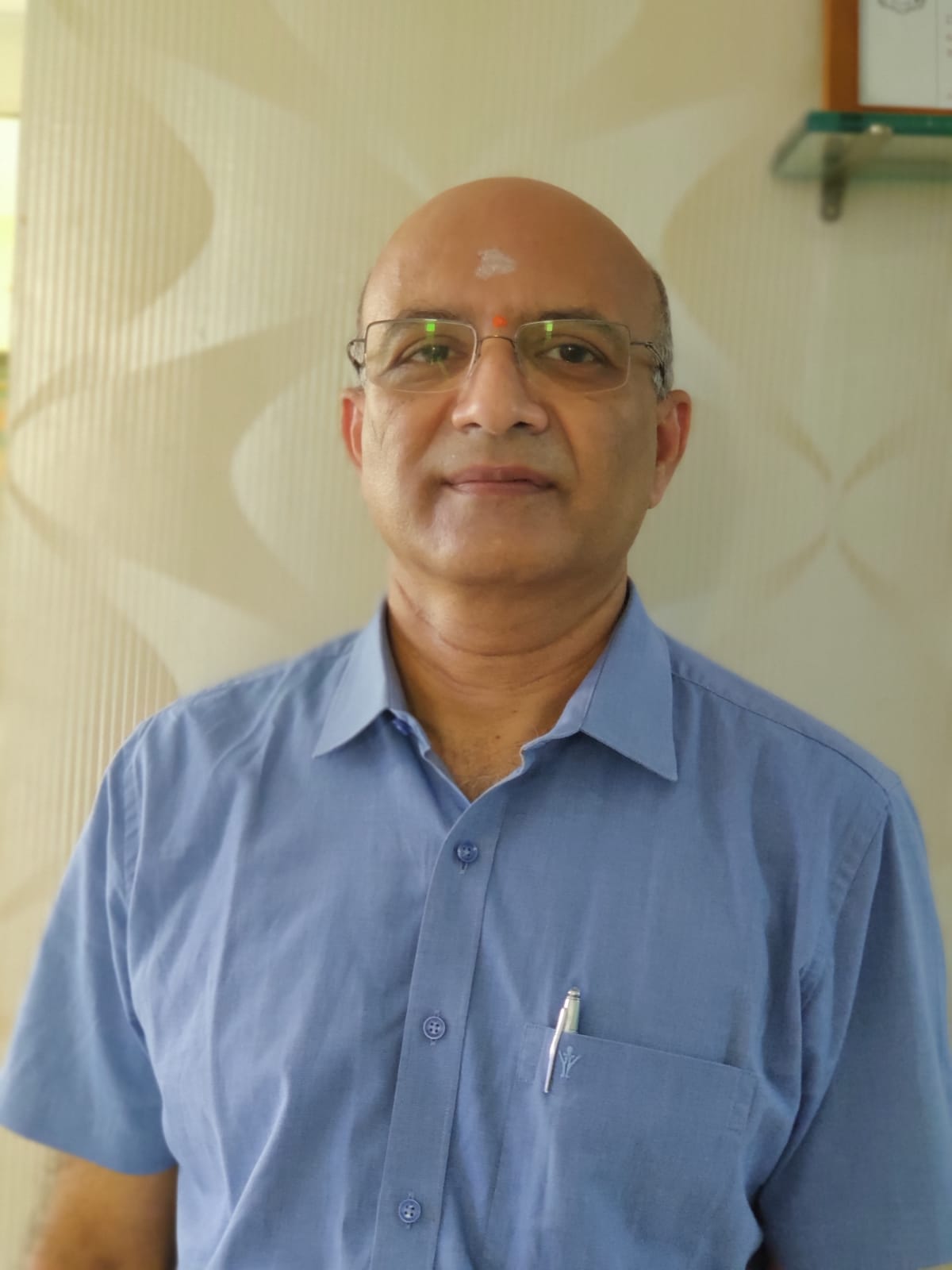
Frequently Asked Questions
The size of implants depends on your body type, desired outcome, and recommendations from your surgeon. Your surgeon will help you select implants that best fit your goals and proportions.
There are two main types of breast implants: saline implants and silicone implants. Each type has its own advantages and considerations. Your surgeon can discuss the pros and cons of each option with you.
Breast implants are not considered lifetime devices and may need to be replaced or removed at some point due to complications or changes in preference. However, many implants can last for several years or even decades.
Risks include infection, implant rupture or leakage, capsular contracture (scar tissue around the implant), changes in nipple sensation, and dissatisfaction with results. Your surgeon will discuss these risks with you during the consultation.
Recovery from breast reduction surgery involves some discomfort, swelling, and bruising, which can be managed with pain medication and proper post-operative care. Patients are typically advised to avoid strenuous activities and heavy lifting for several weeks to facilitate healing.
Recovery time varies for each individual but generally involves several days of rest and limited activity, with gradual return to normal activities over several weeks. Avoiding strenuous activities and following post-operative instructions can help facilitate healing.
Ideal candidates for fat grafting to the breasts have enough donor fat available for harvesting and are looking for a moderate increase in breast size or improved breast shape. Your surgeon can assess your candidacy during the consultation.
The amount of fat that can be transferred depends on factors such as donor fat availability, desired outcome, and existing breast tissue. Your surgeon will discuss realistic expectations with you based on these factors.
Not all of the transferred fat may survive initially, but the fat cells that do survive become permanent. Your surgeon will use techniques to maximize fat survival and may recommend multiple sessions for optimal results.
Risks include infection, fat necrosis (death of fat cells), and asymmetry. Additionally, the amount of augmentation achievable with fat grafting may be limited compared to implants. Your surgeon can provide detailed information about potential risks and limitations.
Recovery involves similar steps to breast augmentation with implants, including rest, compression garments, and monitoring for any signs of complications. Your surgeon will provide specific post-operative instructions tailored to fat grafting.
These FAQs provide a starting point for understanding breast augmentation with implants and fat grafting, but it’s essential to discuss your individual concerns and questions with a qualified plastic surgeon during a consultation.
